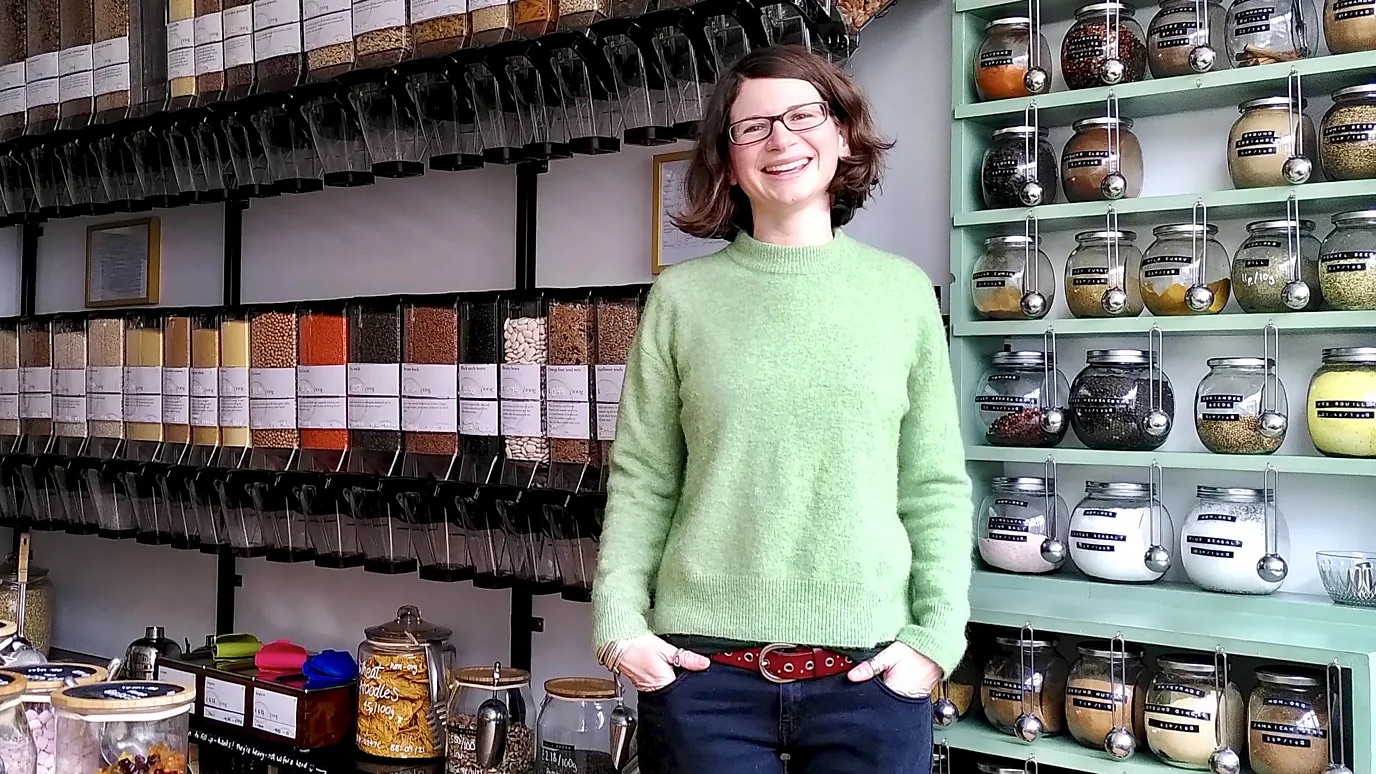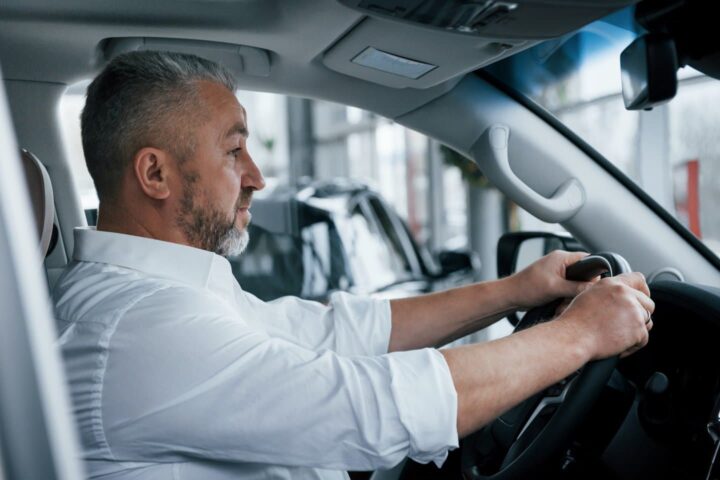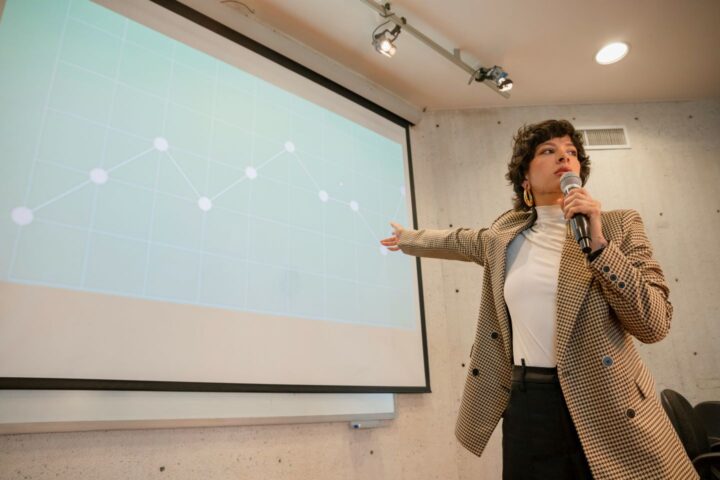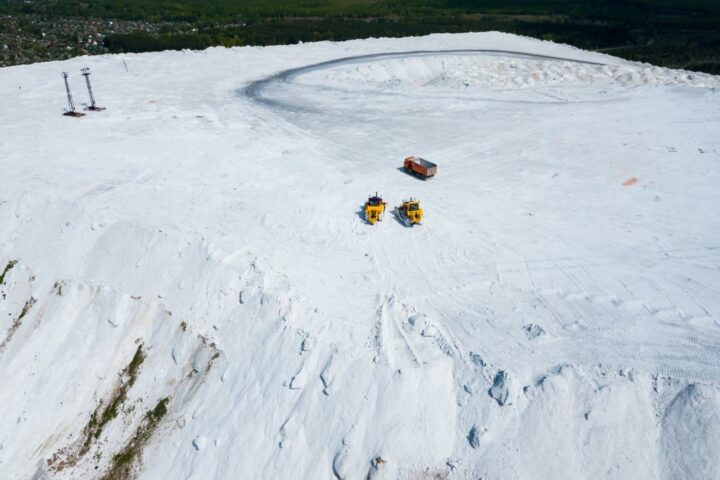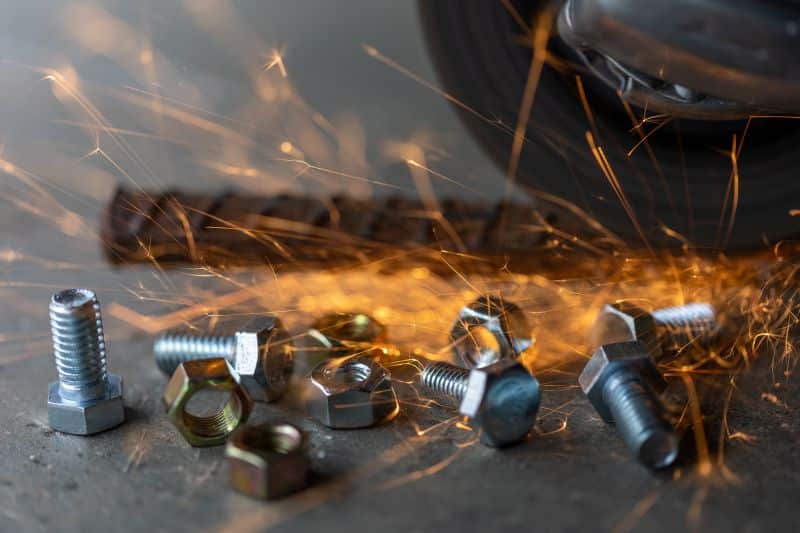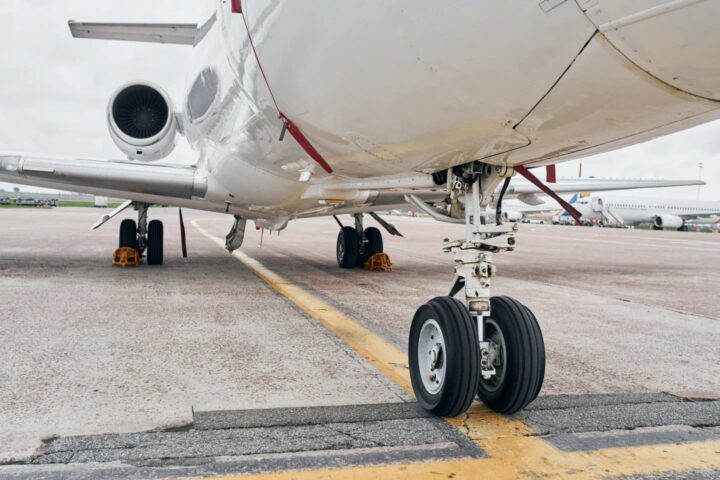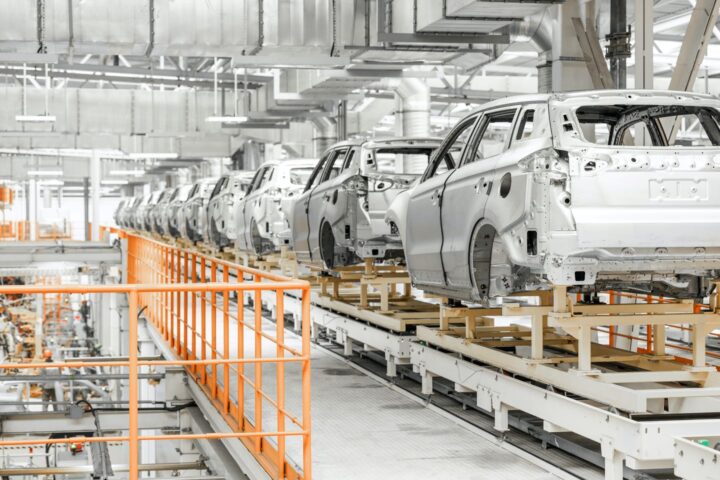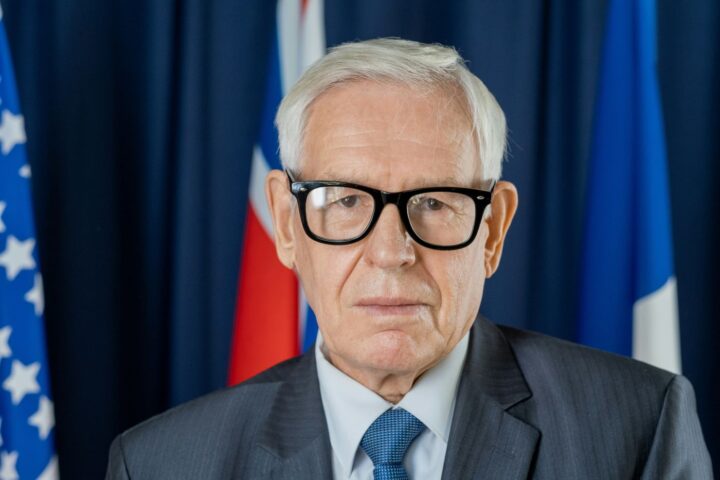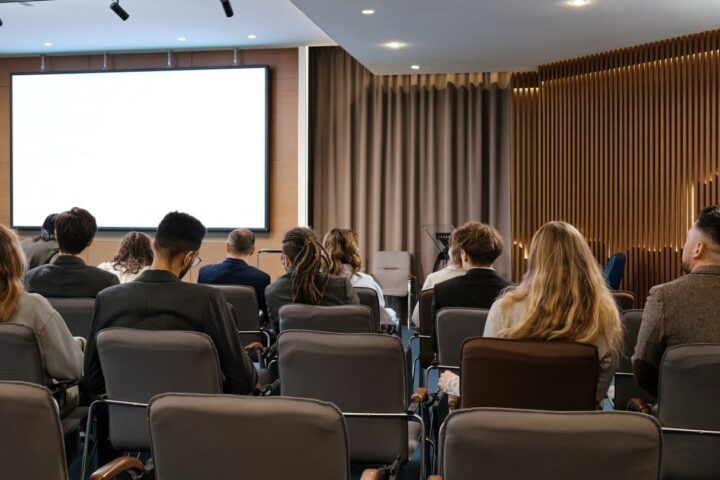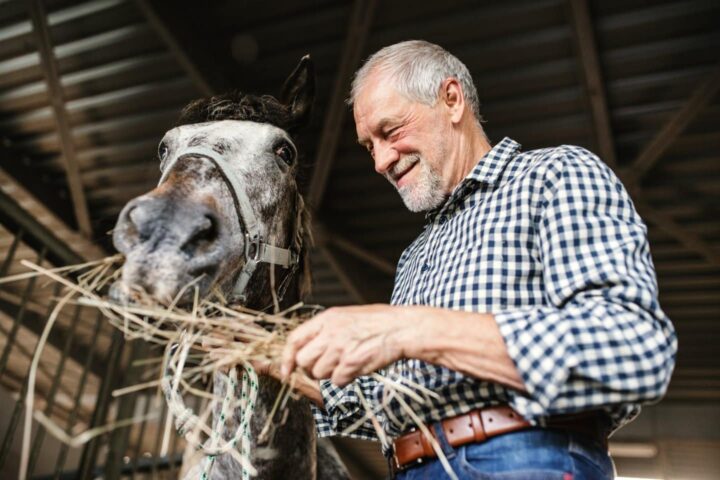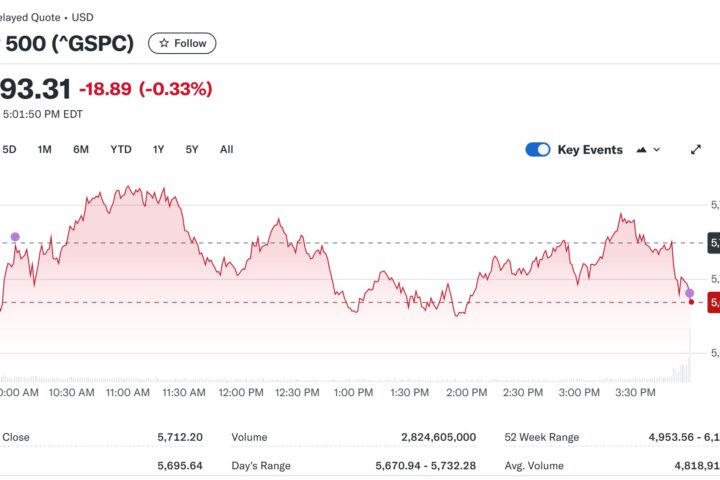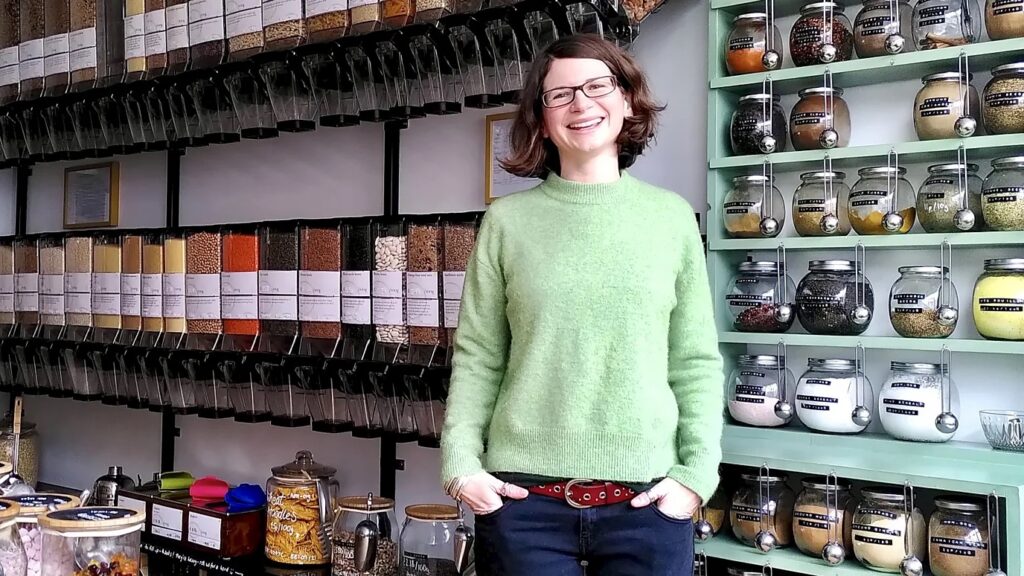
A sustainable lifestyle is possible – but it’s a “trial and error” process. Tara Okeke talks to the people aiming to lead zero-waste lifestyles.
This summer marked 45 years since the final episode of the classic BBC sitcom, The Good Life. Over the course of four series, audiences were treated to the madcap adventures in suburban self-sufficiency of the titular Goods – Tom (Richard Briers) and Barbara (Felicity Kendal). In principle, the show was a simple yet effective comedy of manners and contrast – with the endearingly countercultural Goods and their rough-hewn, self-sufficient idyll positioned as the foil to their classically suburban neighbours, the Leadbetters, and their stuffy milieu. In retrospect, however, The Good Life – serving up, as it did, several studies of crisis, beginning with Tom’s midlife one in the series premiere – was actually an unexpected harbinger of things to come in society and in sustainability.
Now, a life similar to the one Tom and Barbara sought is appealing and relevant to many of us. We would most likely call it sustainable, zero-waste or circular living, rather than self-sufficiency, but the principle is the same. According to findings laid out in this year’s The Sustainable Consumer report from Deloitte, over a third of respondents wanted “more regulations requiring companies to improve [sustainable] options for consumers”, while more than three quarters of respondents were already engaging in their own regular sustainable practices such as recycling or composting household waste. But is a sustainable, low or zero-waste life attainable for all?
Perhaps not at first. Watching repeats of The Good Life as a child in the mid-noughties, I would take my reaction cues from my late father – laughing where he laughed. Later, I found myself struck by how the show portrayed the huge effort Tom and Barbara put into their life: intense agrarian labour belied by the laughter and all those twee, 70s knits.
Farihah Choudhury, a public health nutritionist based just outside London, also laughs when she recalls her own effortful early foray into sustainable living. As the founder of the Instagram account @easypeasysustainabilityand its allied blog, Choudhury has documented her sustainability journey from its inception.”I [started with] plastic audits of all of the plastic that came into my house,” she explains, sharing her initially stringent low-to-zero-waste methodology and fledgling embrace of plastic-free swaps, as well as the associated time commitment. “I don’t know where I found the time! I must have still been a student…”
Choudhury studied biology as an undergraduate, and it was through her degree course – the global health modules, specifically – that an interest in sustainable living was piqued. “I’d always been conscious about [the environment] but I hadn’t really understood the literature nor the facts and figures behind it until I went to university,” she says.
Choudhury credits her British-Bangladeshi heritage for giving her the insight to grapple with the wider, intersectional implications of environmental and economic factors: “[In recent years] Bangladesh’s economy has skyrocketed, but it’s still a really young country and, historically, it’s been quite a poor country. And so, one thing that I was always brought up with was the concept of frugality. That was always something that was already part of my psyche, you know – ‘you have to be frugal, you have to make things go further’.”
Since she began thinking of her sustainability journey as a “learning” one – a path of trial and error rather than total perfection – Choudhury no longer finds it as difficult to stay the course. And while she would “never do a plastic audit ever again”, she has adopted other approaches to changing her consumer habits and to challenging the status quo – most notably a “two-out, one-in” system when thrifting clothes, in order to cut down her wardrobe by half over time – that are still mensurable but, in the effort required, far more measured.

